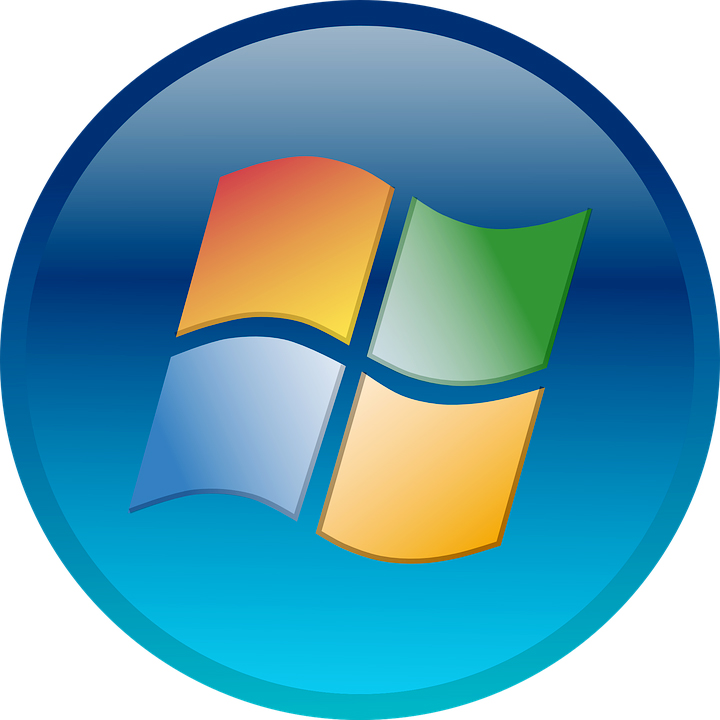

Your browser usually has some built-in security features. You can also download Microsoft Security Essentials for Windows 7 for additional protection.

If you suspect something might have already infected your Windows 7 PC, download the offline version of Microsoft Defender on another computer and use a USB drive to scan your system. Real-time protection, automatic updates, ease of use, and efficiency are great features to look for.Īnother option to consider is Windows Defender, which works on Windows 7 as well as later versions of Windows. Start by researching various antivirus tools to see which one is best for your needs. The sites are ones I know should be safe, but they’re susceptible to attacks just like any other site online, good or bad. In fact, my antivirus regularly blocks sites with expired security certificates and malicious ads or scripts. While technically you can use your computer without antivirus protection, most people aren’t careful enough to avoid all dangers. So why not be a little safer? Install Antivirus With Windows 7 still having over a 25-percent market share at the time of writing, many users are sticking with Windows 7 no matter what. However, most users can mitigate most risks by taking a few precautions. The key takeaway is that using Windows 7 is riskier than using Windows 10/11. Remember, Windows 10 and 11 are still being continuously updated, making them more secure. While some of these risks exist even in Windows 10/11, attackers may be able to exploit a flaw in Windows 7 that’s already been patched in these newer versions. Even if you’re visiting reputable sites, malicious ads could leave you exposed. If you’re someone who doesn’t really use antivirus software and/or visits questionable sites, the risk is likely too high. If you installed Windows 7 or Windows 8 yourself, you’ll want to find the license key you purchased.Using Windows 7 safely means being more diligent than usual.

This key may be printed on a sticker on your PC’s case or on your laptop. We also encourage you to find your Windows 7 (or Windows 8) key, just in case you need it. The upgrade process shouldn’t erase your files unless you choose to erase them, but it’s always a good idea to have a current backup-especially when you’re performing a major operating system upgrade. RELATED: You Can Still Get Windows 10 for Free With a Windows 7, 8, or 8.1 Key Back Up Before Upgradingīefore you get started, we recommend you back up your files. We wouldn’t worry about it for home PCs, but organizations should likely contact their Microsoft licensing partner for more details. If you have Windows 7 PCs in your business, Microsoft may not consider you compliant with the terms of its licensing agreement after using this method to upgrade your business PCs. Update: Note that we can’t speak to the business licensing side of things here.


 0 kommentar(er)
0 kommentar(er)
